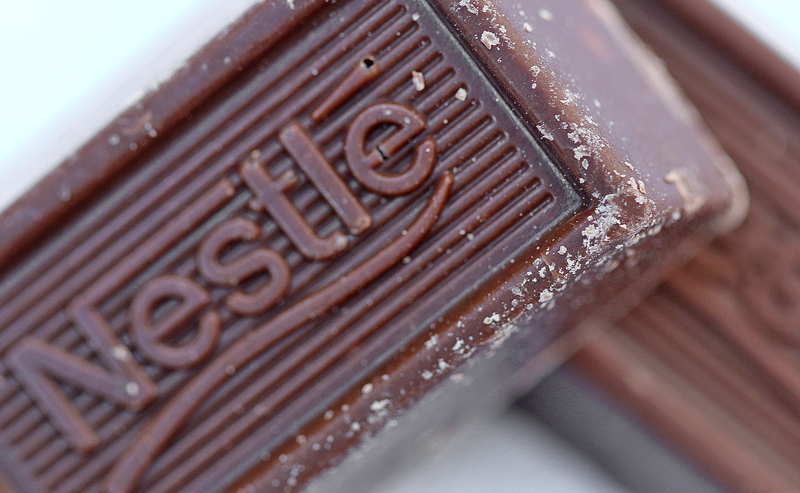To some people, tasting wines is important when traveling. Others must scale the highest point within a region. Still others need to travel to every stadium to watch home teams battle it out against their opponents in their respective sports…
Relax. Chocolate Will Not Disappear in 40 Years…
…and to many people, chocolate cures the sweet tooth of travel. After all, can you imagine traveling to places such as Switzerland or Belgium and not sampling the chocolate?
Yet, rumors were swirling like whipped cream in hot cocoa pertaining to the possible permanent disappearance of chocolate, as many recent articles and media reports were speculating its demise.
“Contrary to its click-ready headline, however, the primary focus of article concerned a joint effort by scientists with the UC Berkeley Innovative Genomics Institute and the Mars candy company to create a genetically modified form of cacao — the plant used in chocolate production — resistant to the future effects of climate change and habitat loss”, according to this article from Snopes which categorically — and thankfully — squelches those rumors. “The motivation for such an effort, which remains largely theoretical, rests on sound (but not at all new) research highlighting the likely negative effects of climate change on the world’s major cocoa producing countries.”
That does not necessarily mean that all is well in the chocolate world, as the aforementioned article concludes with this paragraph: “While climate change presents a credible threat to future cocoa production and to the economies of the countries that grow it, that actual story was lost in an effort to lure worried chocolate lovers to click on a link. The question is not whether or not chocolate will be around in 2058 (it will be around), the question is how much will it cost future generations to buy and if genetic modification can play a role in its future production.”
Nestlé to Sell Its Candy Business

On an unrelated note, Nestlé announced on Tuesday, January 16, 2018 that it agreed to sell its confectionery business in the United States to Ferrero for $2.8 billion in cash. The transaction is expected to close sometime around the end of the first quarter of 2018 following the completion of customary approvals and closing conditions.
According to this official press release from Nestlé, Mark Schneider — who is the chief executive officer of Nestlé — said that “this move allows Nestlé to invest and innovate across a range of categories where we see strong future growth and hold leadership positions, such as pet care, bottled water, coffee, frozen meals and infant nutrition.”
The confectionery business of Nestlé in the United States — whose sales reached approximately $900 million — represents roughly three percent of Nestlé Group sales in the United States; and includes such chocolate brands as Butterfinger, Crunch, BabyRuth, 100Grand, Raisinets, Chunky, OhHenry! and SnoCaps; as well as local sugar brands such as SweeTarts, LaffyTaffy, Nerds, FunDip, PixyStix, Gobstopper, BottleCaps, Spree and Runts. The Toll House baking product line — which includes chocolate chips — will continue to be developed by Nestlé.
Summary

Ferrero Crunch? That is going to take some getting used to — pardon the poor grammar — as that chocolate bar has always been known as Nestlé Crunch for as long as I can remember.
When I was a boy, I automatically thought that Nestlé was an American company, as its products were so pervasive throughout the United States. During my first trip to Europe — which included Switzerland — I was surprised to learn that its worldwide corporate headquarters is located in Vevey in Switzerland.
I find the line “Nestlé remains fully committed to growing its leading international confectionery activities around the world, particularly its global brand KitKat” interesting because in the United States, KitKat is manufactured under license by H.B. Reese Candy Company, which is a division of The Hershey Company; and explains why the packaging and the taste of KitKat is notably different in the United States than around the rest of the world.
I am no “chocoholic”; but I do enjoy chocolate very much — imagine my surprise, for example, when I found a dish full of Finnish chocolate awaiting my arrival at the Hilton Helsinki Strand hotel property — but from dried kiwi fruit covered in chocolate in New Zealand to a small box of assorted chocolates welcoming me to my hotel room in South Korea, I am personally relieved that chocolate will not disappear in 40 years.
All photographs ©2018 by Brian Cohen.
